
University of Bolton, Deane Road, Bolton. BL3 5AB
Tel:
Email:

“At the University of Bolton, we take great pride in providing a quality, supportive learning environment for our students.”
Professor George E Holmes DL | President & Vice Chancellor
“...tutors are very supportive and you’re not just a student ID number, at this university you are an individual with a name.”
Ellisse Vernon | BSc (Hons) Adult Nursing
Back to menu
Back to menu
Study with an Off-Campus Partner
Back to menu
Back to menu
University of Bolton, why we are the right choice
Location - Bolton, Greater Manchester

26/04/2024
Written by: Col Harding, Programme Leader, Games Art
If you’re looking to get into games and game development, then you’ll be keeping a close eye on the future of games art production: Photogrammetry. Autodesk describes it as “the art and science of extracting 3D information from photographs.” And it’s creating models that are so life-like in such a short amount of time, that it’s becoming the go-to for rapid, realistic games art production.
Traditionally 3D assets within games are created with software like Autodesk Maya, Blender, ZBrush or one of the many other packages available for modelling or sculpting 3D objects. But there’s a new way to make assets. Photogrammetry is the process of capturing images and stitching them together to create a digital model of our physical world. For example, a games studio will send staff to take multiple images of a specific object. This can be something small enough to place in your hand or large enough to make up a significant part of a landscape or environment. It has even been used to create race tracks within racing titles like Project Cars 2 and even parts of the globe in Microsoft Flight Simulator.
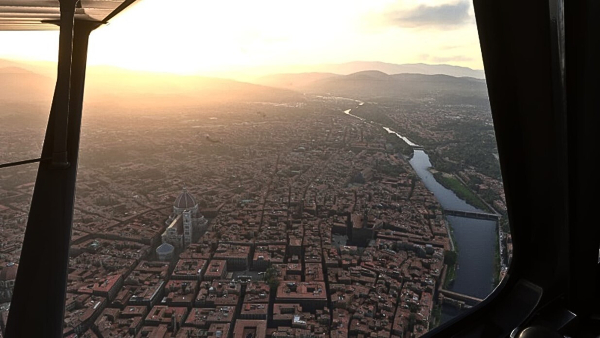
Once you have all these (potentially) hundreds of images you then feed them through a piece of photogrammetry software such as Reality Capture. This does a lot of the hard work by looking for the same parts of the object across multiple images. By doing so, it can recognise where the images were taken from in relation to the object and use them to understand the shape of the object in the images. From there, it can create a 3D representation of the object in very high detail, subject to the quality of the images taken.
This model will then need some work to make it “game-ready.” However, this initial creation process is significantly faster than creating the entire model from scratch using traditional 3D modelling techniques.
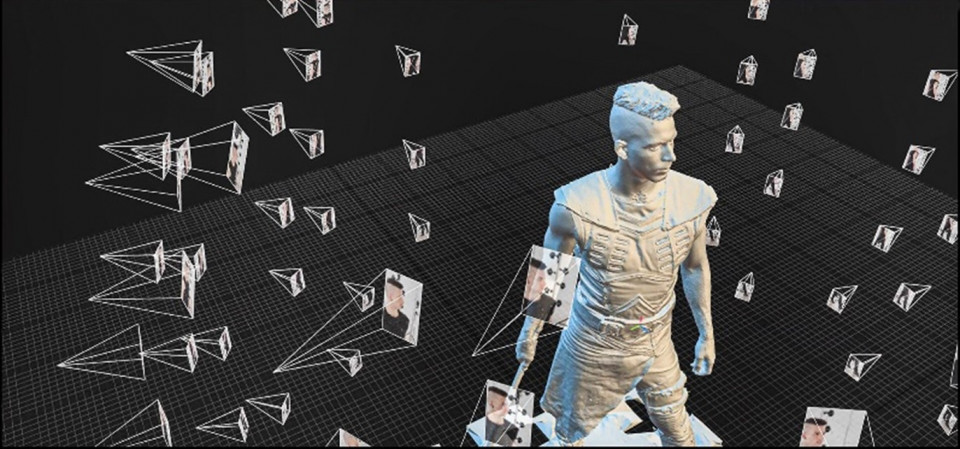
Developers such as DICE and The Astronauts have long been pioneers within this space using it within titles such as Star Wars Battlefront 2, Battlefield V, The Vanishing of Ethan Carter and more recently Witchfire.
Within these titles, both developers have used photogrammetry primarily for the environments. (Though, in the case of Battlefront 2, they also used photogrammetry to scan the props and clothing from the original movies to then use in the game!)
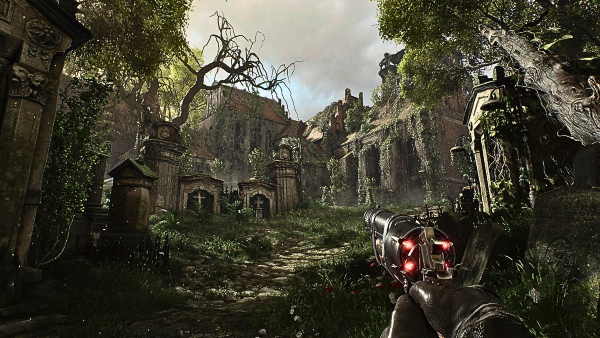
The studio polled their staff on the new process; asking about the time it took to create assets on the project using the photogrammetry workflow versus earlier Battlefield games. The overall consensus is that photogrammetry saves a significant amount of time.
Much of this information was discussed during DICE’s excellent Game Developers Conference (GDC) talk in 2016.
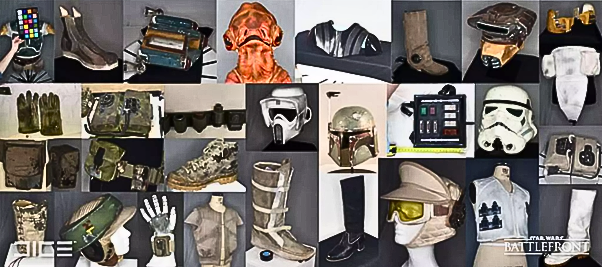
Unfortunately, not. While all the signs point towards a strong presence within game creation going forward, photogrammetry is not necessarily a silver bullet.
First, since you are taking images of real-world objects or locations, you must access the actual object. Depending on the size of the studio, that may not be a viable option. Also, while you can use images taken on a mobile phone to try this process; and Reality Capture even has a mobile app for it (Reality Scan), there is a benefit to having better and higher quality images. This means the equipment used matters too. This is also another potential added expense for the studio. Finally, since photogrammetry is ideal for realistic objects which exist in the world, it is better suited to some styles of games over others. You could still use the models as the base for a more fantasy or sci-fi creation, but that would mean more work beyond the initial photogrammetry model creation. Finally, the overall game must look as though it all works well together from an artistic point of view. So, any photogrammetry assets mustn't stand out as having higher fidelity than other non-photogrammetry assets.
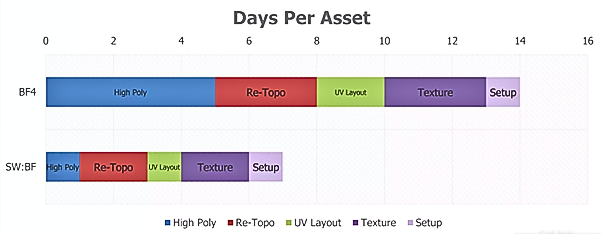
However, the photogrammetry time-saving aspect has allowed smaller studios like The Astronauts to create some high-fidelity models in a reasonable time frame. This might not have been possible without photogrammetry - based on the size of the studio and the scale of their projects and budgets. So, it is clear that it has its place within games creation.
If you’d like to study games design at the University of Bolton and learn techniques like these, why not talk to our inclusive and supportive team today? Reach out on 01204 952 747 or email enquiries@bolton.ac.uk and start your games development journey today.